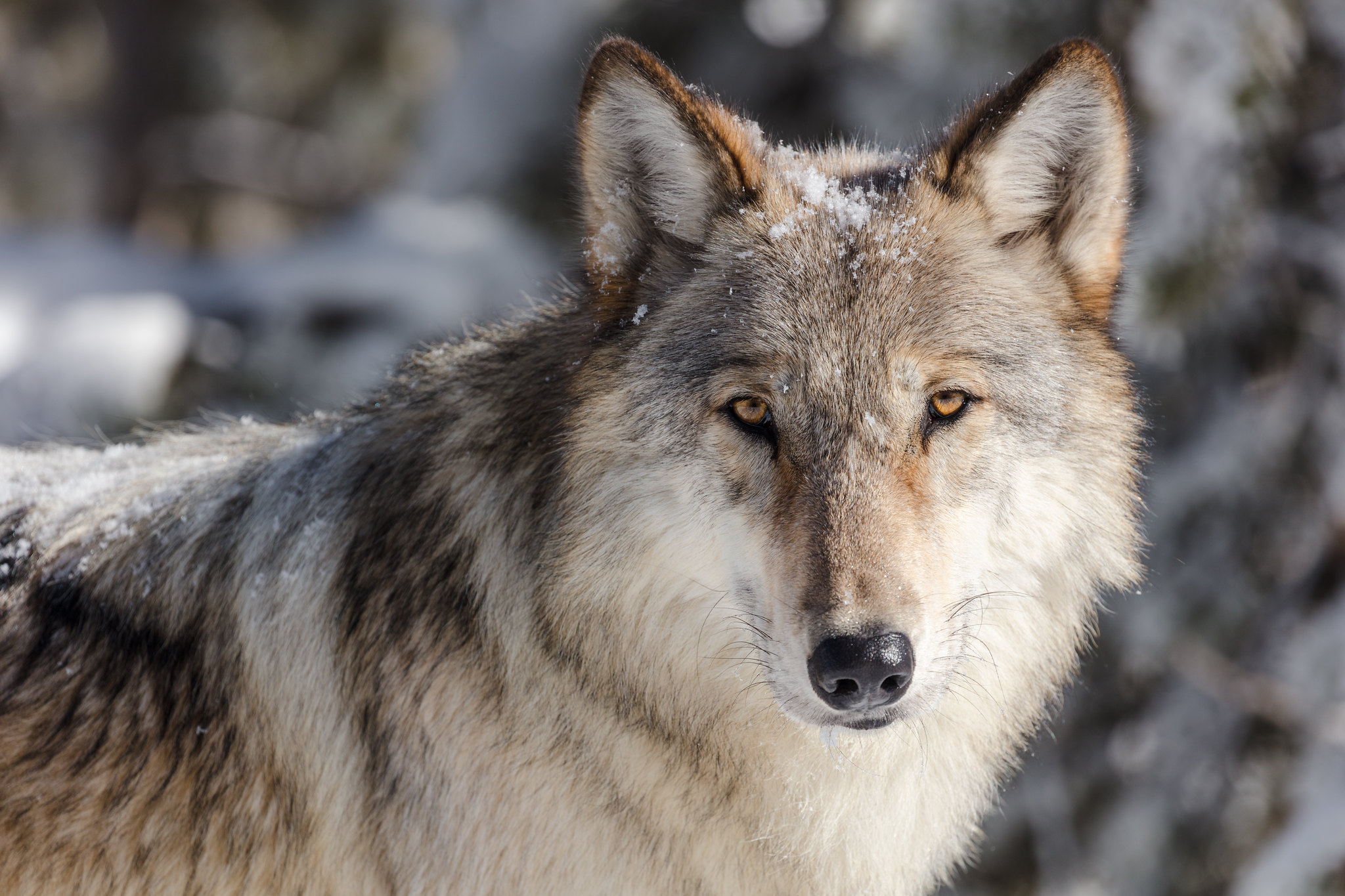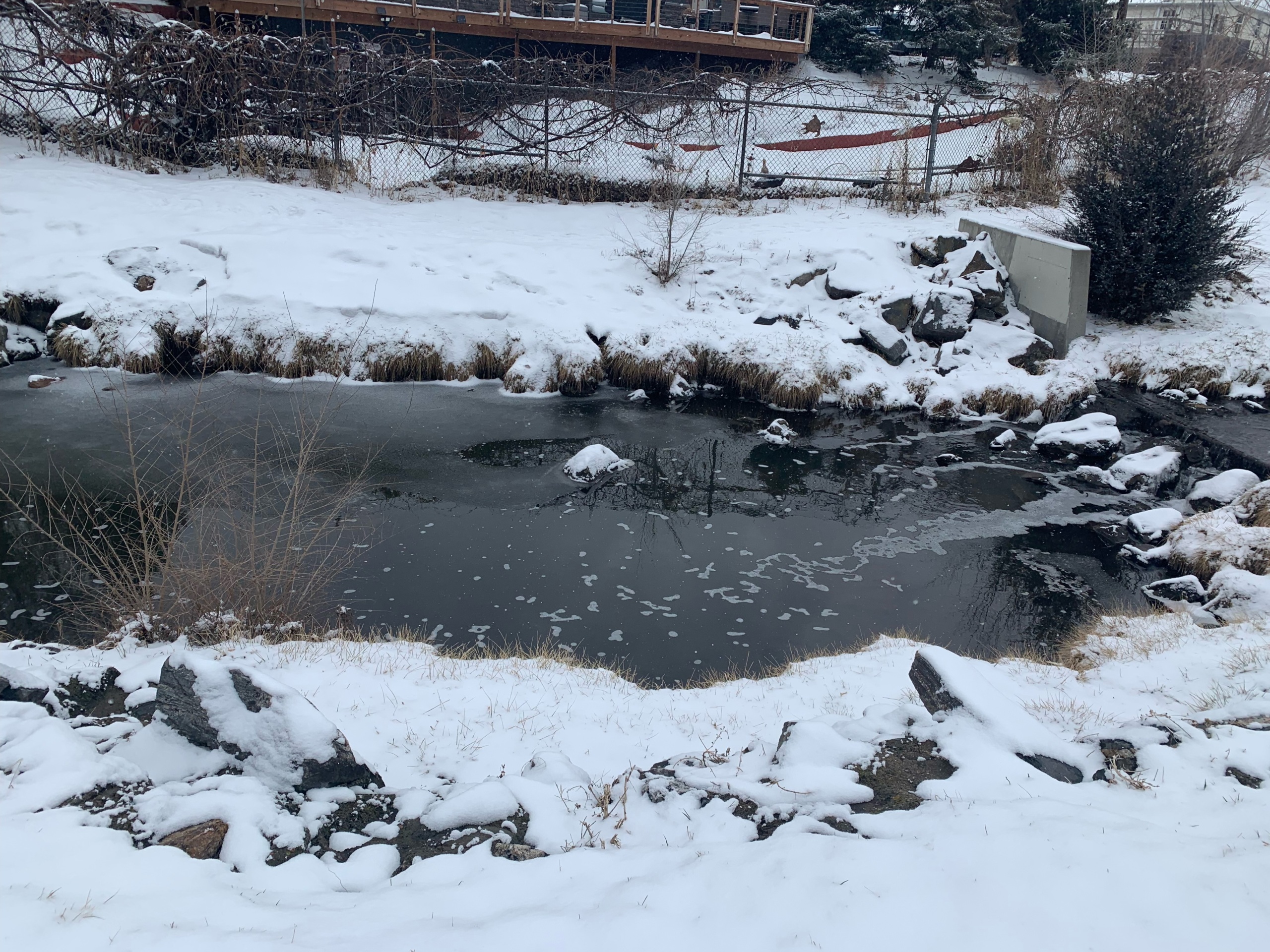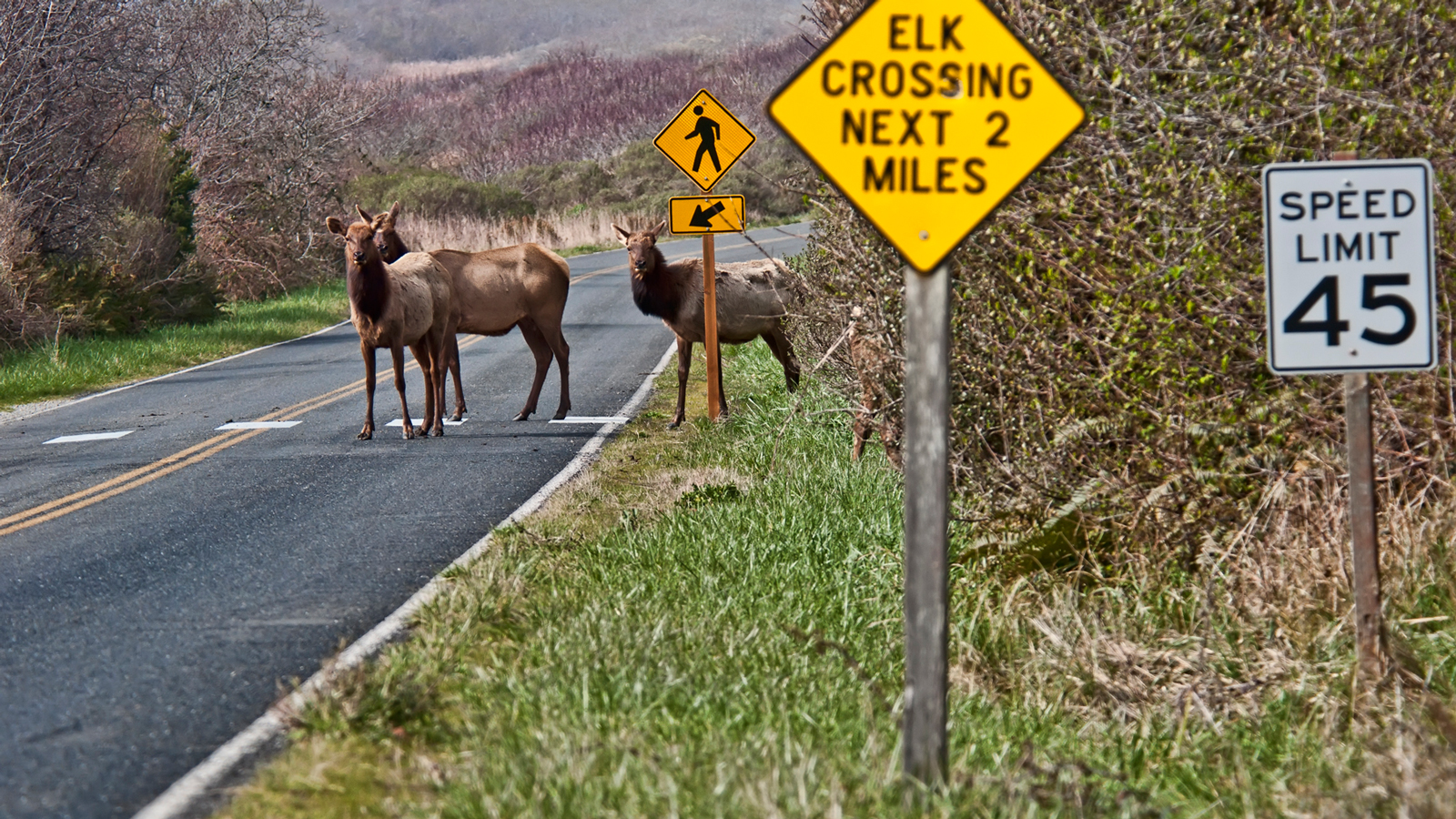
Grand Canyon at Risk
Uranium mining—which often requires vast open pits, spreads radioactive dust through the air, and leaks radioactivity and toxic chemicals into the environment—is among the riskiest industrial activities in the world.
Downloads
Environment Colorado Research & Policy Center
Executive Summary
Uranium mining—which often requires vast open pits, spreads radioactive dust through the air, and leaks radioactivity and toxic chemicals into the environment—is among the riskiest industrial activities in the world. Every uranium mine ever operated in the United States has required some degree of toxic waste cleanup, and the worst have sickened dozens of people, contaminated miles of rivers and streams, and required the cleanup of hundreds of acres of land. After several decades of reduced activity due to depressed prices, uranium mining is making a comeback—including on the edges of one of our nation’s most treasured wild places, the Grand Canyon. Uranium mining has left a toxic trail across the West—including at the Grand Canyon itself. To protect this national treasure, and the millions of people who visit it each year, mining should be prohibited on land near Grand Canyon National Park, and other treasured places. Uranium mining is risky for miners, local residents and the environment. Mines can release uranium itself—a dangerous radioactive substance—or toxic chemicals used in the mining process.
- Contaminated water can leak from mines or tailings piles, potentially entering groundwater or nearby streams and transporting contamination away from the mine. Contaminated water that enters municipal water supplies can threaten the health of large numbers of people. Mining near the Colorado River, which flows through the Grand Canyon, threatens the drinking water supplies of millions of people in cities like Phoenix, Los Angeles, and Las Vegas.
- Airborne uranium dust threatens the health of miners and nearby residents; if inhaled, it can cause lung cancer.
- Tailings – the waste rock and dirt left over once uranium extraction and milling are complete—are 85 percent as radioactive on average as the original ore and contain other toxic chemicals such as arsenic. Tailings piles can make mine sites permanently hazardous and leach toxic substances into the environment.
Uranium mining and processing has left a toxic trail across the West—including at the Grand Canyon itself.
- Four streams in Arizona’s Grand Canyon National Park suffer from some degree of uranium contamination after mining activity occurred in the area.
- In New Mexico, a 1979 dam break released radioactive wastewater from a New Mexico uranium mill into the Little Colorado River, releasing more radiation than was released in the Three Mile Island nuclear power plant accident into downstream waterways.
- In Utah, workers are still cleaning up 16 million tons of contaminated tailings at the site of one of the nation’s first mines in Moab.
- In Colorado, residents of Lincoln Park, a small community near a uranium mill, have had to stop drinking well water because of contamination from the mill’s old tailings pools, and suffered health consequences from uranium and other toxic substances in their water.
Grand Canyon National Park is a uniquely valuable place and ecosystem.
- The Grand Canyon is a unique natural wonder—one of the world’s deepest and widest canyons, home to spectacular views, great biological diversity, and a unique geologic record.
- 4.2 million people visit Grand Canyon National Park every year, making it the second most visited park in the National Park System, and the most visited park west of the Mississippi.
- Tourism to Grand Canyon National Park contributes $686 million to Northern Arizona’s economy every year, supporting nearly 12,000 jobs.
- The Colorado River, which provides drinking water for 25 million people downstream, runs through the Grand Canyon and draws water from the area’s springs and streams.
Uranium mining is incompatible with the preservation of the Grand Canyon as a treasured ecosystem and natural wonder. The Obama administration should act to protect the Grand Canyon from the threat of uranium mining.
- Extend the moratorium on new mining claims near the Grand Canyon. In June of 2011, Interior Secretary Ken Salazar extended a moratorium on new mining claims near the canyon—in place since 2009—through December 2011. The Obama administration should finalize its preferred alternative and ban new claims within a one million acre area near the canyon for the next 20 years, while pursuing permanent protection.
- Reform mining laws to allow regulators to deny permission to mine where significant natural places or human health are at risk. The 1872 General Mining Law, which currently governs mining on federal land through a very limited permitting process, is too lax in granting mining companies the right to stake and develop claims. Most federal land is considered open for mining by default, and regulators lack sufficient power to weigh the costs and benefits of mining against other possible uses of the land. Mining should be placed on an even footing with recreation and other land uses by allowing regulators to make a balanced evaluation of the best use of federal lands.
- Require uranium mining companies to clean up contamination. Uranium companies should be required to post enough money to cover the full cost of reclamation at mine and mill sites before beginning operations. Costs should cover all foreseeable reclamation activities, as well as insurance against accidents that would significantly raise cleanup costs. Additionally, companies should not be allowed to place mines on “standby” without cleaning them up sufficiently to prevent the spread of contamination.
Topics
Find Out More


Guide to planting a pollinator-friendly garden

Colorado’s Waterways and Microplastics

